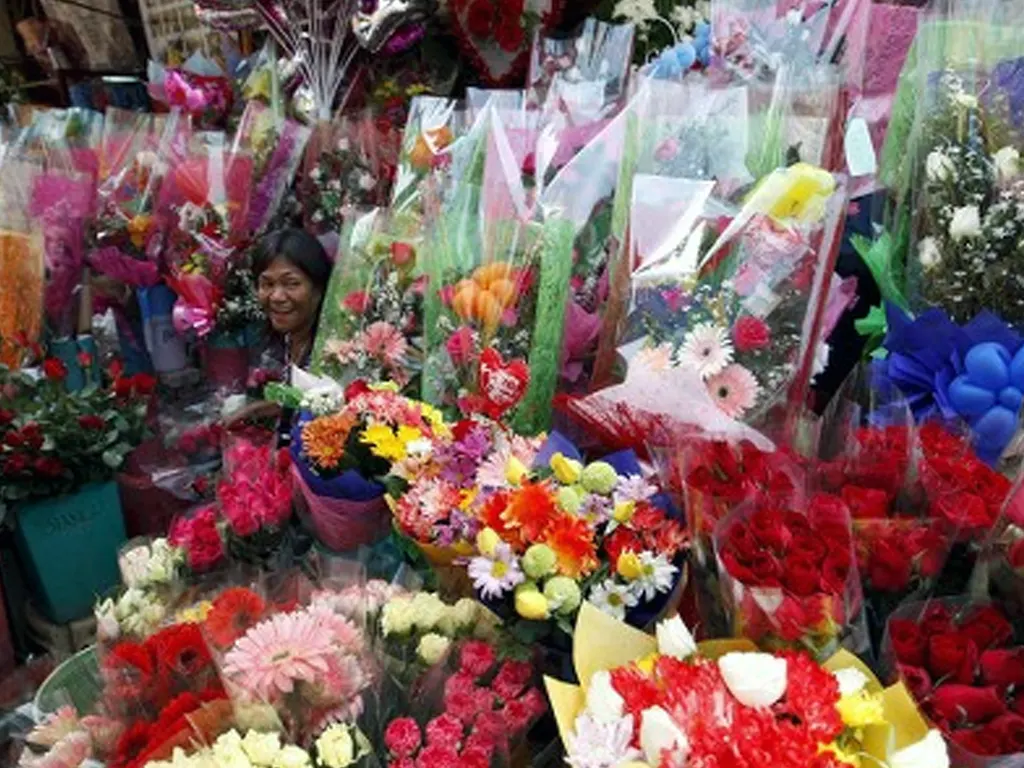
WHILE the Day of the Dead (Día de Muertos) is a celebration deeply rooted in Mexican culture, its themes of remembrance and honoring deceased loved ones resonate universally.
In the Philippines, where traditions of ancestor veneration are strong, the use of flowers during “Undas” (All Saints’ Day and All Souls’ Day) shares a similar spirit, blending indigenous customs with influences from both Spanish and modern practices. While not a direct adoption of Día de Muertos, Filipino families create a unique tapestry of floral tributes during this time.
Like the iconic marigolds of Mexico, certain flowers hold special significance in Filipino Undas traditions. Chrysanthemums, often in white or yellow, are a common sight in cemeteries, symbolizing respect and remembrance. Gladioli, with their tall, elegant spikes, add a touch of solemn beauty to gravesites. Sampaguita garlands, fragrant and delicate, are often offered as a sign of purity and devotion. These choices reflect a blend of local availability, cultural symbolism, and personal preferences.
Filipino families often create elaborate floral arrangements for their loved ones’ graves, incorporating a mix of fresh, dried, and even artificial flowers. These arrangements are not just decorative; they represent the family’s love, respect, and enduring connection to the departed. Some families may choose flowers that were a favorite of the deceased, while others may create arrangements that reflect their personality or achievements.
The act of arranging the flowers together becomes a shared activity, strengthening family bonds and fostering a sense of collective remembrance.
In recent years, modern influences have led to more creative and personalized floral tributes during Undas. Some Filipinos are incorporating elements of Día de Muertos into their celebrations, such as using marigolds alongside traditional Filipino blooms.
Others are opting for more sustainable and eco-friendly options, using locally sourced flowers or creating arrangements with recycled materials. Whether traditional or modern, the flowers used for Undas in the Philippines serve as a heartfelt expression of love, remembrance, and the enduring connection between the living and the dead, woven into the fabric of Filipino culture.



